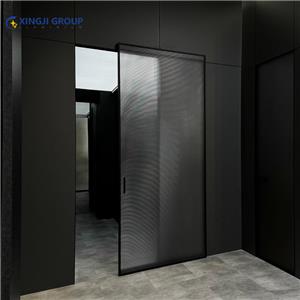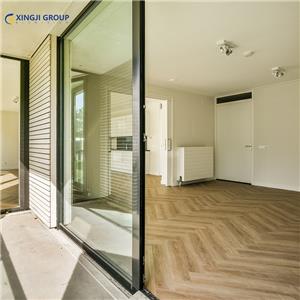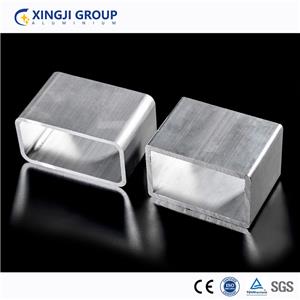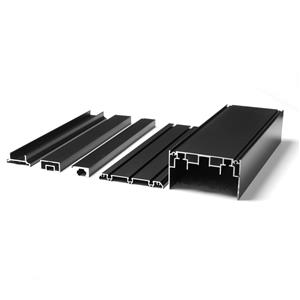What are the three types of sliding windows?
In architectural design, a sliding window remains a cornerstone solution, prized for its blend of functionality, space efficiency, and clean aesthetics. For discerning clients seeking performance and style, understanding the core types is paramount.Curma, a leader in precision-engineered aluminum fenestration, empowers architects, builders, homeowners, and facility managers with this essential knowledge. This article details the three fundamental types of sliding windows, highlighting their distinct advantages and applications, with a special focus on the unparalleled benefits of the aluminum slide window and the critical role of custom sliding windows and commercial sliding windows.
Beyond simple operation, the design and configuration of a sliding window significantly impact ventilation, views, maintenance, security, and energy performance. The primary categorization hinges on the track system and the number/type of operable panels. Let's explore each type, emphasizing scenarios where custom sliding windows or robust commercial sliding windows become essential.
1. Single-Hung Sliding Windows: Streamlined Efficiency for Standard Applications
Core Structure: This design features two sashes within one frame. Crucially, only the bottom sash slides vertically; the top sash is a fixed sliding window panel, permanently sealed. This is a common configuration for standard aluminum slide window units.
Key Advantages:
Cost-Effectiveness: Generally the most economical type due to simpler hardware. Ideal for projects requiring many standard units without complex custom sliding windows features.
Maximized Upper View: The large fixed sliding window top pane provides expansive, unobstructed views.
Security: Overlapping meeting rails and robust locking (common in quality aluminum slide window products) offer a strong barrier. Essential for both residential and ground-floor commercial sliding windows.
Interior Cleaning: Many modern single-hung aluminum slide window designs feature tilt-in bottom sashes for easier interior cleaning. The fixed sliding window top section usually requires external access.
Ideal Applications: Single-hung windows excel in:
Upper-story bedrooms, hallways (residential), or offices (commercial sliding windows application) where top-down ventilation control is less critical.
Budget-conscious projects where standard sizing suffices, minimizing the need for custom sliding windows.
Spaces desiring maximum natural light from the upper fixed sliding window pane.
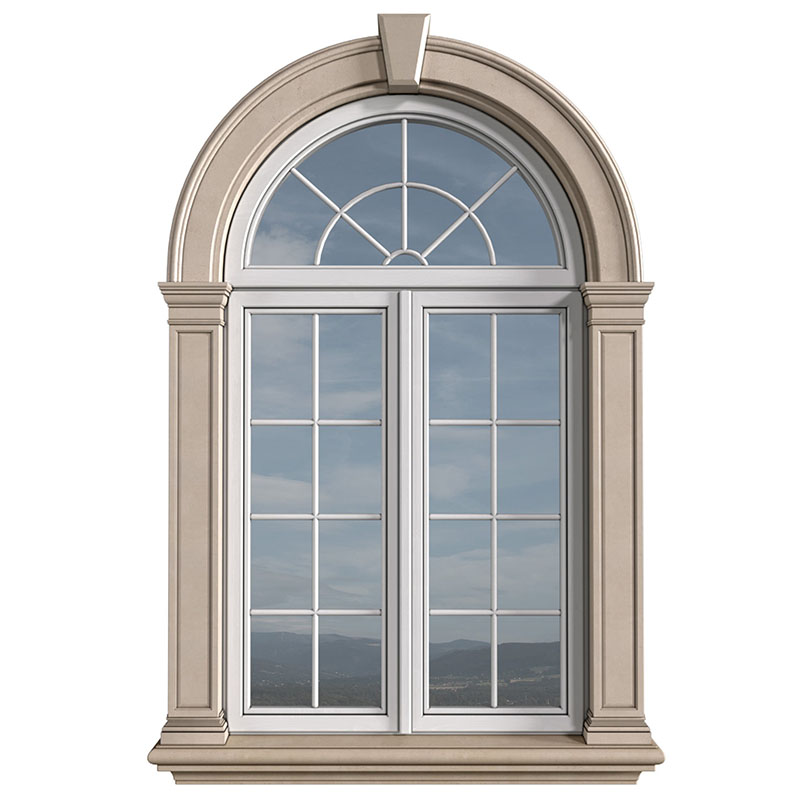
2. Double-Hung Sliding Windows: Unmatched Ventilation Control & Maintenance Ease
Core Structure: Features two vertically sliding sashes within one frame. Both top and bottom sashes operate, sliding independently past each other. This is a highly versatile configuration for a sliding window.
Key Advantages:
Superior Ventilation: Opening both sashes enables excellent cross-flow. Opening only the top allows hot air escape while maintaining lower security/privacy – crucial for urban settings and adaptable commercial sliding windows.
Revolutionary Cleaning: Tilt-in functionality for both sashes allows safe, easy cleaning of interior and exterior glass from inside. This is a major safety and convenience benefit, particularly vital for multi-story buildings and commercial sliding windows where external access is difficult or costly. A defining feature of modern aluminum slide window design.
Flexible Security: Secure locking is possible in various open/closed positions.
Classic Appeal, Modern Performance: Maintains traditional aesthetics while delivering contemporary efficiency via materials like aluminum.
Ideal Applications: Double-hung windows are ubiquitous due to versatility:
Virtually any residential room (bedrooms, living rooms, kitchens).
Historic renovations needing modern performance (aluminum replicates wood profiles).
Buildings where external cleaning ladders are unsafe or impractical – making them excellent commercial sliding windows for offices, schools, and healthcare facilities.
3. Horizontal Sliding Windows (Gliders): Panoramic Views & Space-Saving Design
Core Structure: Operates on a horizontal axis. Features two or more sashes gliding left/right along a sill track. Configurations vary: common are 2-lite (one sliding, one fixed sliding window) or 3-lite (e.g., two fixed sliding window panels flanking a center slider, or two sliders with a center fixed sliding window). This design epitomizes the modern aluminum slide window.
Key Advantages:
Expansive, Uninterrupted Views: Minimal vertical framing offers true panoramic vistas – perfect for showcasing landscapes, a key selling point for premium aluminum slide window solutions and commercial sliding windows in hospitality or retail.
Optimal Space Efficiency: No inward/outward swing makes them ideal for decks, patios, walkways, or rooms with furniture constraints – essential for space-sensitive commercial sliding windows and modern homes.
Maximum Ventilation Area: The entire height of the operable sash opens.
Contemporary Aesthetic: Clean lines and large glass areas define modern architecture. The aluminum slide window excels here.
Smooth Operation: Premium rollers ensure easy glide, even for very large units common in custom sliding windows projects.
Ideal Applications: Horizontal sliders are the premier choice for:
Modern/contemporary residential and commercial architecture.
Large window walls, patio doors (essentially oversized aluminum slide window systems).
Rooms with stunning views (homes, offices, lobbies – prime commercial sliding windows locations).
Areas with exterior or interior space limitations.
Basement egress windows (specific size requirements).
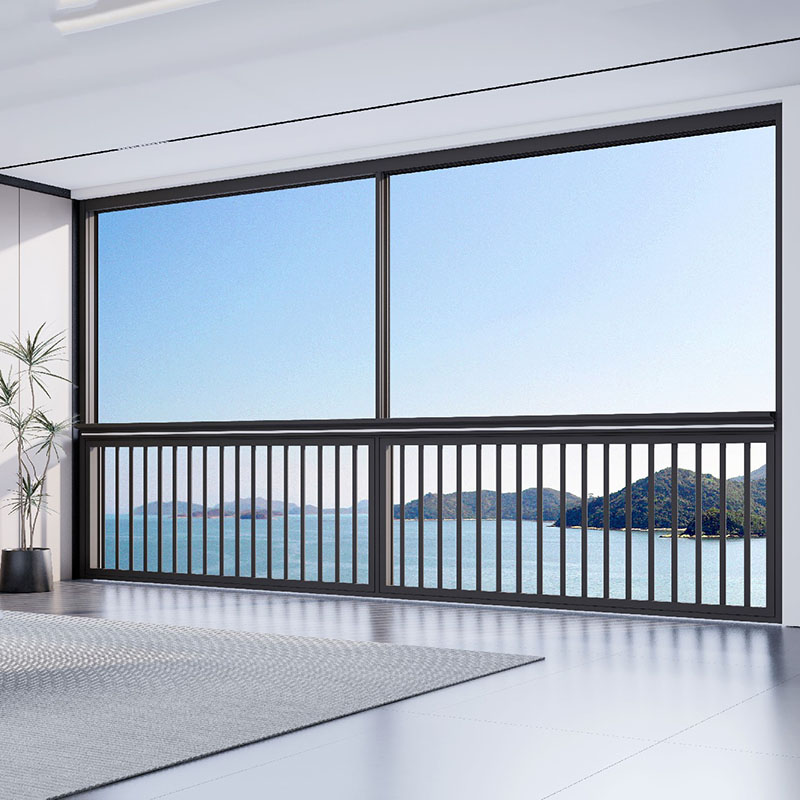
Selecting the Ideal Sliding Window with Expert Guidance
Choosing between Single-Hung, Double-Hung, and Horizontal Sliding windows hinges on understanding their distinct strengths: Single-Hung for simplicity and value, Double-Hung for ultimate ventilation control and cleaning ease, Horizontal Sliders for breathtaking views and space efficiency. In every case, the aluminum slide window delivers superior performance, durability, and design flexibility compared to alternatives.
The decision often extends beyond the basic type. Custom sliding windows become essential for unique architectural visions, non-standard openings, or specialized performance requirements. For offices, retail spaces, institutions, and multi-family buildings, commercial sliding windows demand enhanced durability, security, ease of maintenance, and compliance with specific codes – all areas where engineered aluminum excels. Remember, configurations often involve a fixed sliding window panel alongside operable ones, impacting view and light.
At Curma, we engineer more than windows; we craft tailored fenestration solutions. Our expertise spans all three sliding window types, manufactured to the highest standards from premium aluminum. We specialize in both standard and custom sliding windows for residential perfection and robust commercial sliding windows built to endure demanding environments. From the core benefits of a sliding window to the intricacies of large-scale aluminum slide window systems with fixed sliding window elements, we deliver performance, beauty, and lasting value.
Ready to specify the perfect sliding window solution? Contact Curma today. Our experts will guide you through selecting the ideal type (Single-Hung, Double-Hung, Horizontal), material (the superior aluminum slide window), and configuration (including fixed sliding window options), whether for standard applications, bespoke custom sliding windows, or high-performance commercial sliding windows. Request samples, technical data, and experience our commitment to engineering excellence and customer partnership.

